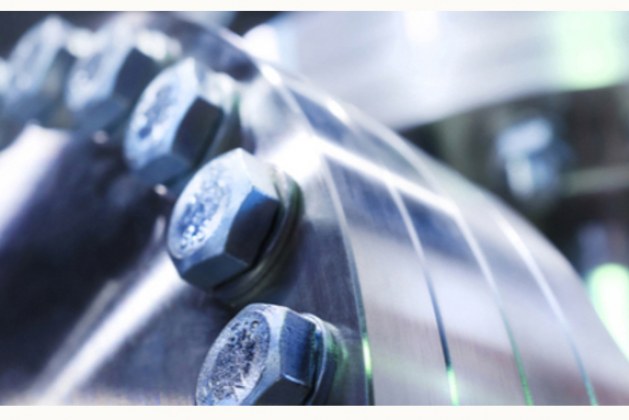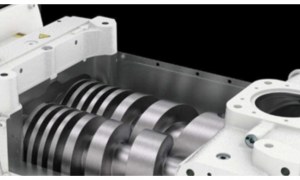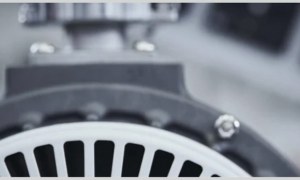This blog describes the factors involved in matching primary pumps to support the continuous operation of secondary pumps and to ensure safe and optimized performance. The consequences arising from a wrong combination or “matching” of primary and secondary pumps can have a serious impact on the performance of auxiliary systems such as the diffusion and turbomolecular pump.
An excerpt:
“A primary vacuum pump (PP) is one which exhausts to atmospheric pressure. These include Oil-sealed rotary vane (OSRV), diaphragm, scroll, multi-stage roots, piston, screw, and liquid-ring pumps. Secondary pumps (SP) require initial evacuation by primary and sometimes other secondary pumps to a required pressure before operation. For example, Oil diffusion pumps (ODP), Turbomolecular pumps (TMP), Vapour boosters (VB), Mechanical boosters (MB), Ion getter pumps (IGP), Titanium sublimation pumps (TSP), Non-evaporable getters (NEG), Cryogenic, Molecular drag, and Regenerative pumps. In some cases, supporting backing pumps are required for continuous operation; this is the case for ODP, TMP and VB pumps.”
Source: Vacuum Science World



